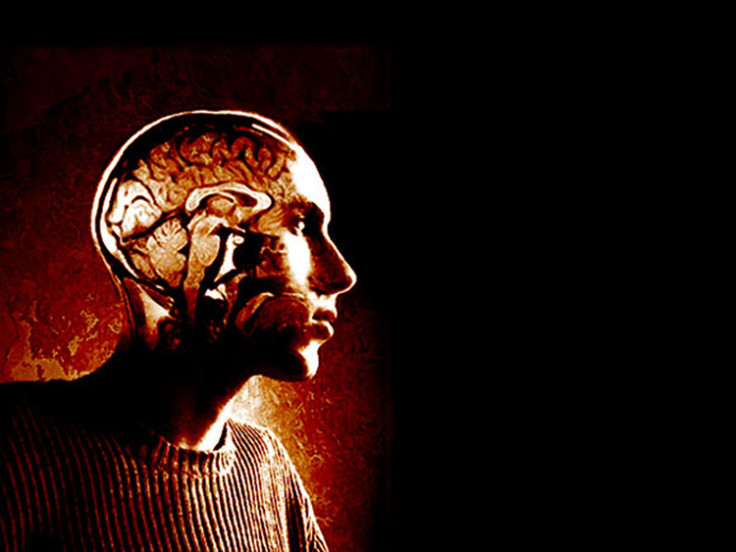Why Some People Are Genetically More Sensitive or Empathetic than Others

A group of psychologists and researchers from Stony Brook University, University of California, Albert Einstein College of Medicine and Monmouth University have found that brain scans show physical evidence that "highly sensitive" brains respond powerfully to emotional images.
Their research, entitled: "The highly sensitive brain: an fMRI study of sensory processing sensitivity and response to others' emotions", is published in the latest issue of Brain and Behaviour.
Previously, scientists found that an innate trait called sensory processing sensitivity (SPS) is now becoming increasingly associated with behaviour, genes, physiological reactions and patterns of brain activation.
People who have a high amount of the SPS trait are known as highly sensitive people (HSP), and they tend to show a heightened awareness to subtle stimuli, process information more thoroughly and are very emotionally reactive to positive and negative stimuli.
On the other hand, people who have a low amount of the SPS trait pay less attention to subtle stimuli, approach situations more quickly and are not as reactive to positive and negative situations.
So the researchers decided to use Functional Magnetic Resonance Imaging (fMRI) to scan the brains of 18 married individuals, some of whom had high levels of SPS, and some of whom had low levels of SPS.
The individuals were scanned as they looked at photos of either smiling faces or sad faces, and one set of photos contained photos of people they did not know, while the other set of photos included pictures of their husbands or wives.

"We found that areas of the brain involved with awareness and emotion, particularly those areas connected with empathetic feelings, in the highly sensitive people showed substantially greater blood flow to relevant brain areas than was seen in individuals with low sensitivity during the twelve second period when they viewed the photos," said Dr. Aron, a Research Professor in Psychology at Stony Brook.
"This is physical evidence within the brain that highly sensitive individuals respond especially strongly to social situations that trigger emotions, in this case of faces being happy or sad."
The area of the brain that had the most activity, as shown in the research, included sections of the brain known as the "mirror neuron system". These parts of the brain are responsible for processing sensory information, awareness, action planning and empathetic response.
When the same individuals were scanned one year later, the results were exactly the same, and brain activity was at its highest when viewing photos of their spouses smiling.
The study's findings show that people who are considered to be highly sensitive are generally highly tuned to their environments, and have very high levels of awareness and emotional responsiveness.
© Copyright IBTimes 2025. All rights reserved.






















